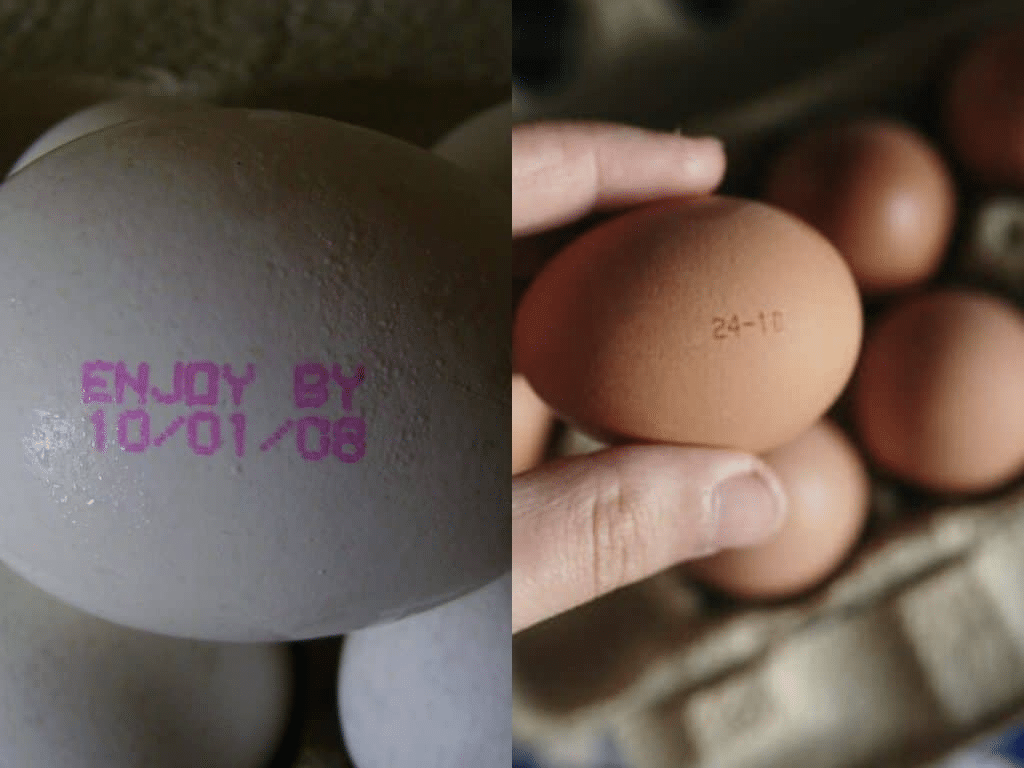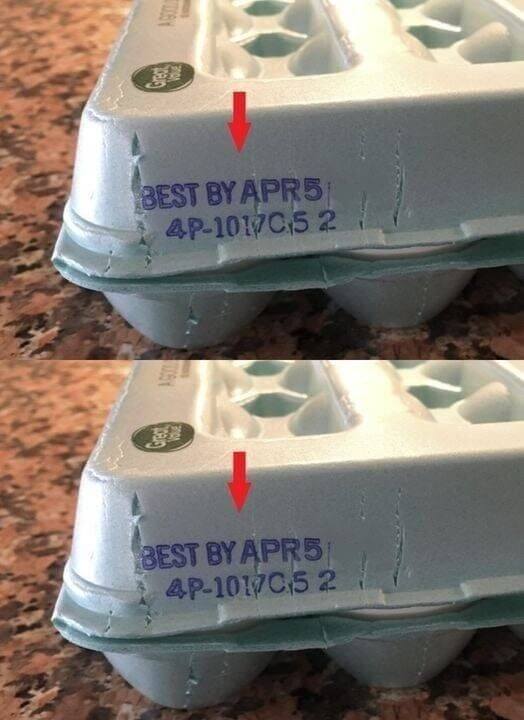Pay close attention to this date—it’s not just an ordinary expiration date. After years of working in grocery stores, I’ve noticed that most people buy eggs without really noticing this crucial detail.
For anyone who loves cooking with eggs—whether it’s a fluffy omelet, a decadent cake, or flavorful fried rice—the freshness of your eggs makes all the difference. While farmer’s markets offer fresh, local options, many of us rely on supermarket eggs, often packaged with codes that seem confusing at first. But these codes are far from random—they reveal essential information about freshness and safety.
One key code to understand is the three-digit number on the carton, known as the Julian date. This number shows the day of the year the eggs were packed. For example, 001 means the eggs were packed on January 1st, while 365 indicates December 31st. Knowing this date is vital for determining how fresh your eggs are.
You may also see a code starting with the letter ‘P’, which is the plant code. It identifies the facility where the eggs were processed. This code becomes particularly important during product recalls. For instance, during past salmonella outbreaks, checking the plant code along with the Julian date allowed consumers to confirm the safety of their eggs.

Experts recommend consuming eggs within 30 days of their packing date, as long as they’re stored properly. By noting the Julian date when shopping, you can calculate the optimal window for using your eggs, ensuring maximum freshness and flavor in every dish.
Don’t forget to look at the USDA grade shield and additional labels like “organic” or “pastured.” Grade AA eggs are top-quality, with firm whites and round yolks—perfect for frying or poaching. Grade A eggs, while slightly less firm, are still excellent for baking, scrambling, or other everyday uses.
Understanding these codes and labels helps you make informed choices about egg quality and safety, elevating your cooking experience. Next time you shop for eggs, take a moment to decode the carton—you’ll notice the difference in freshness and taste in your next meal.
